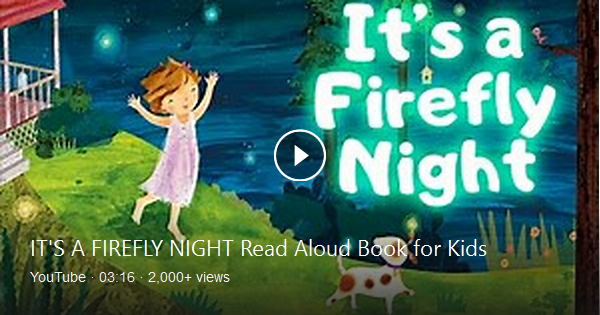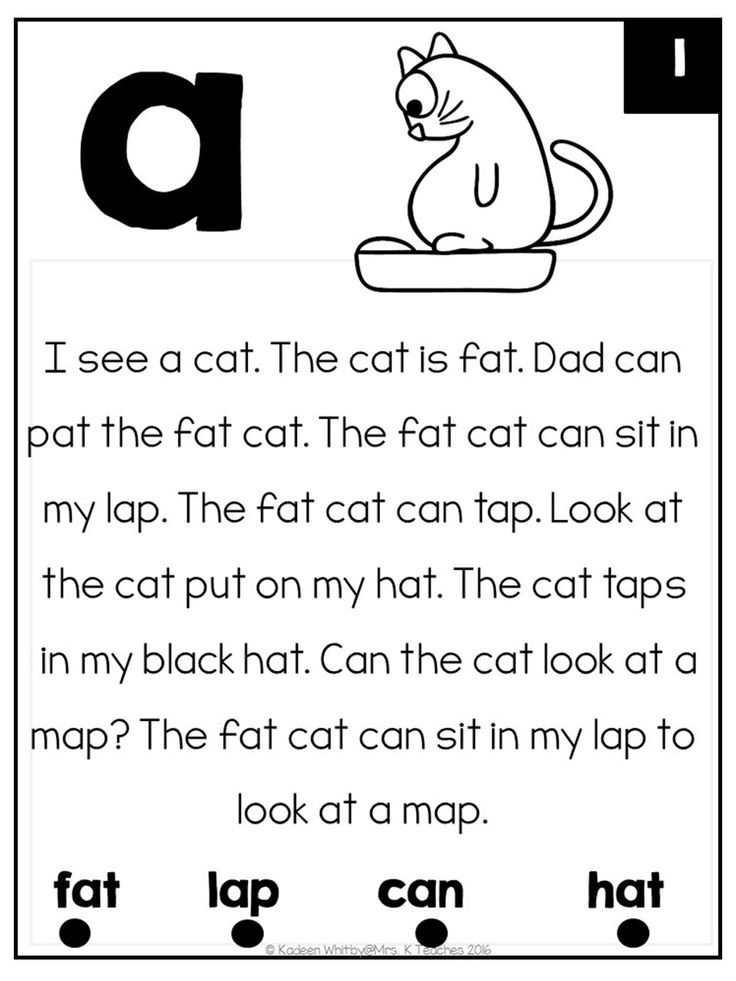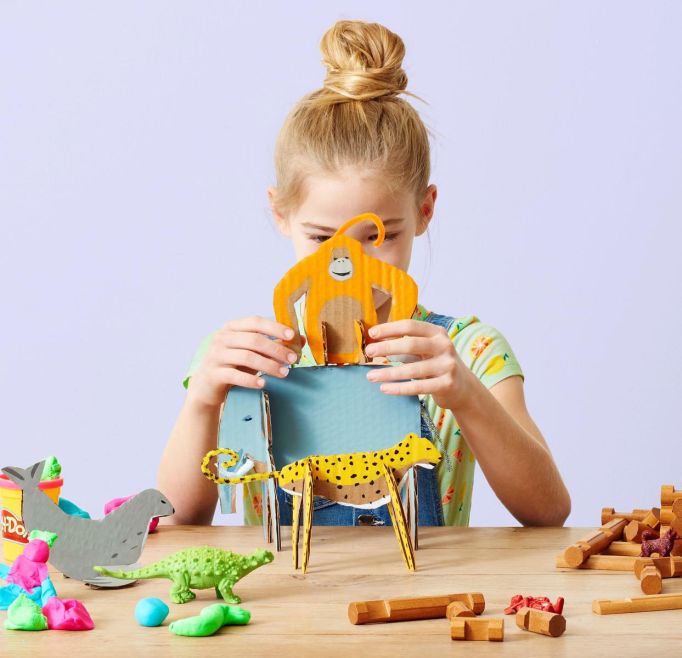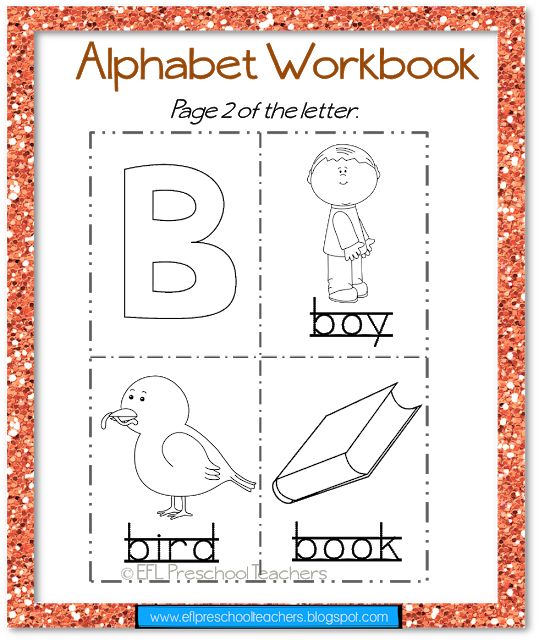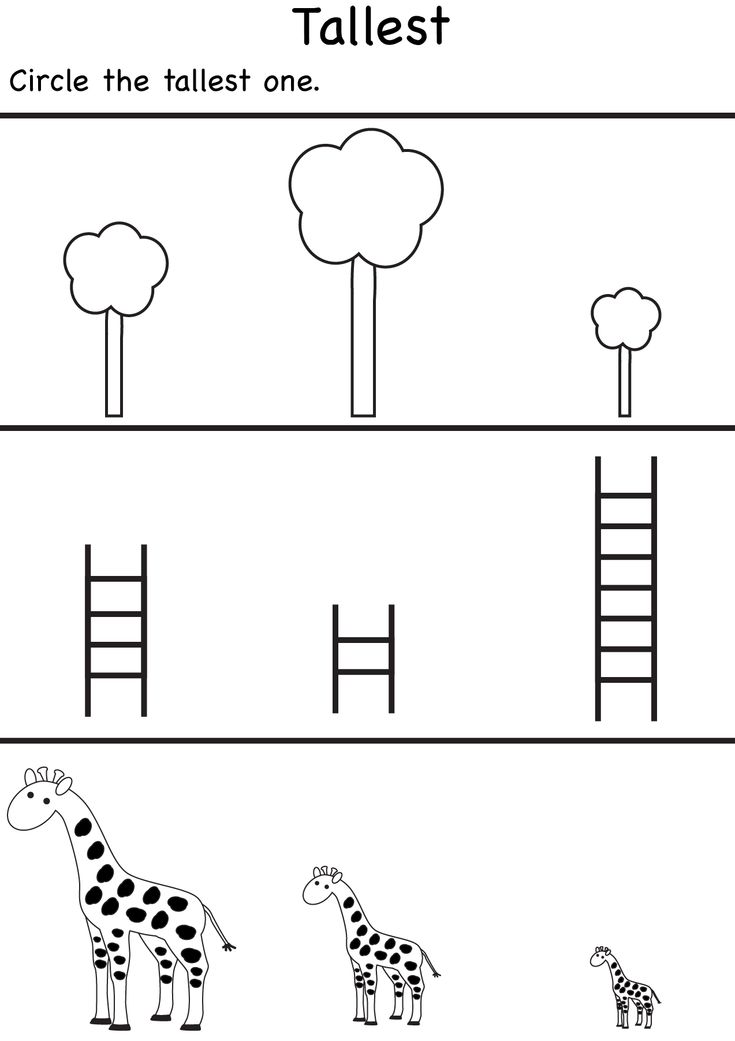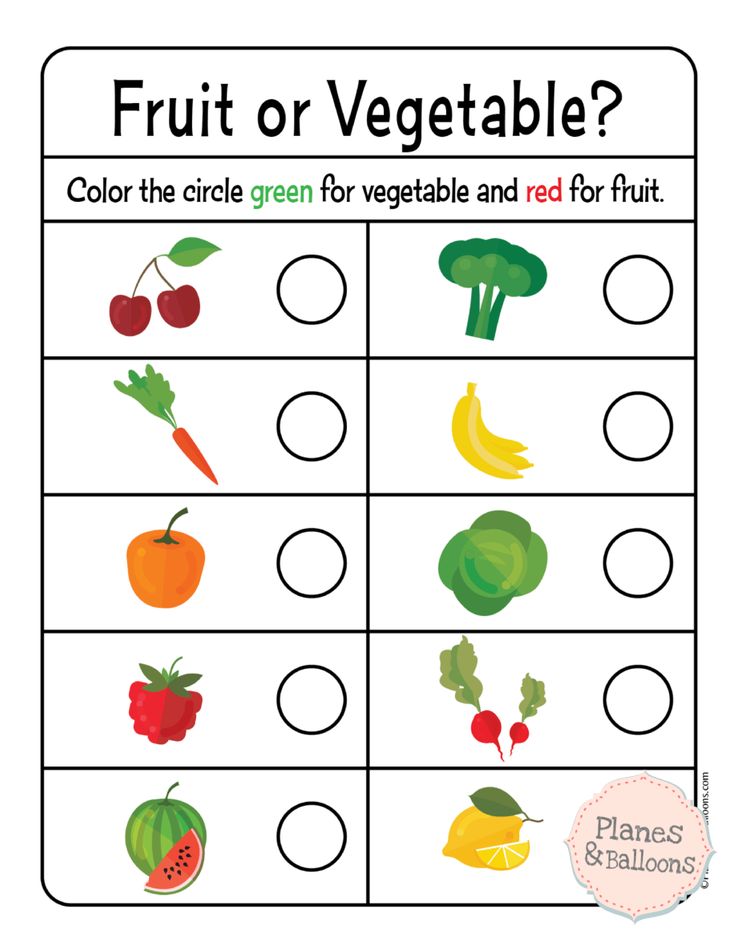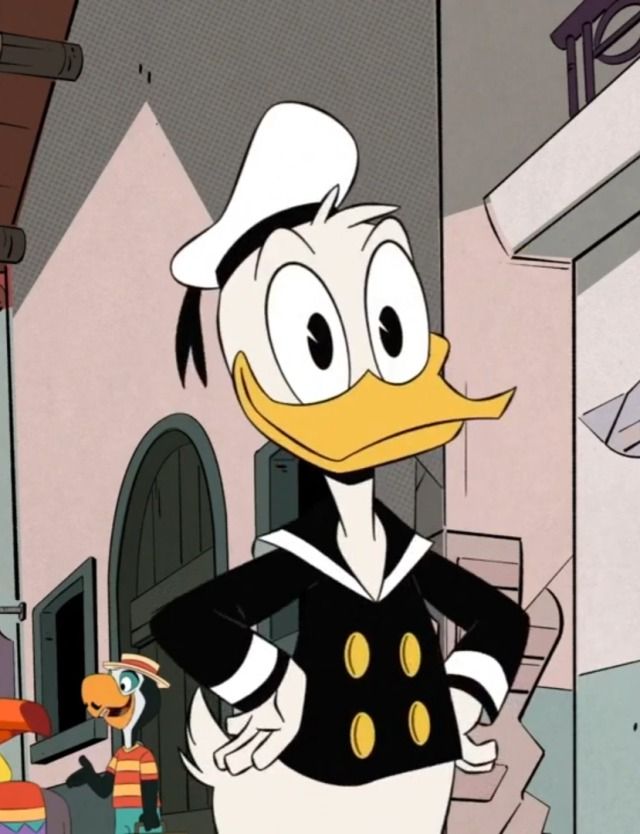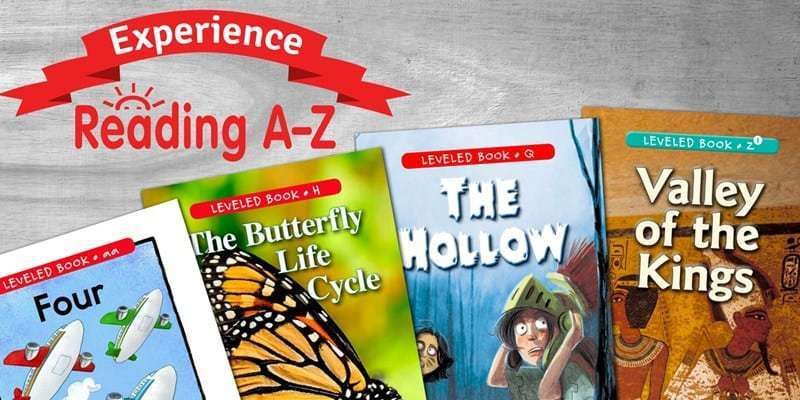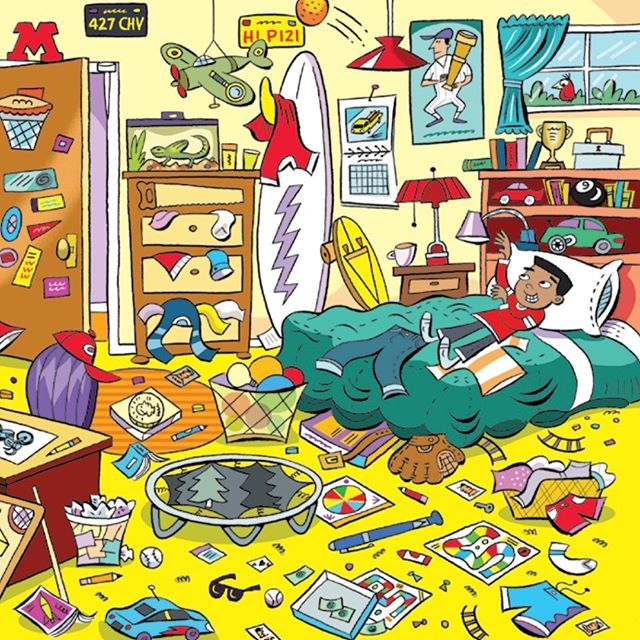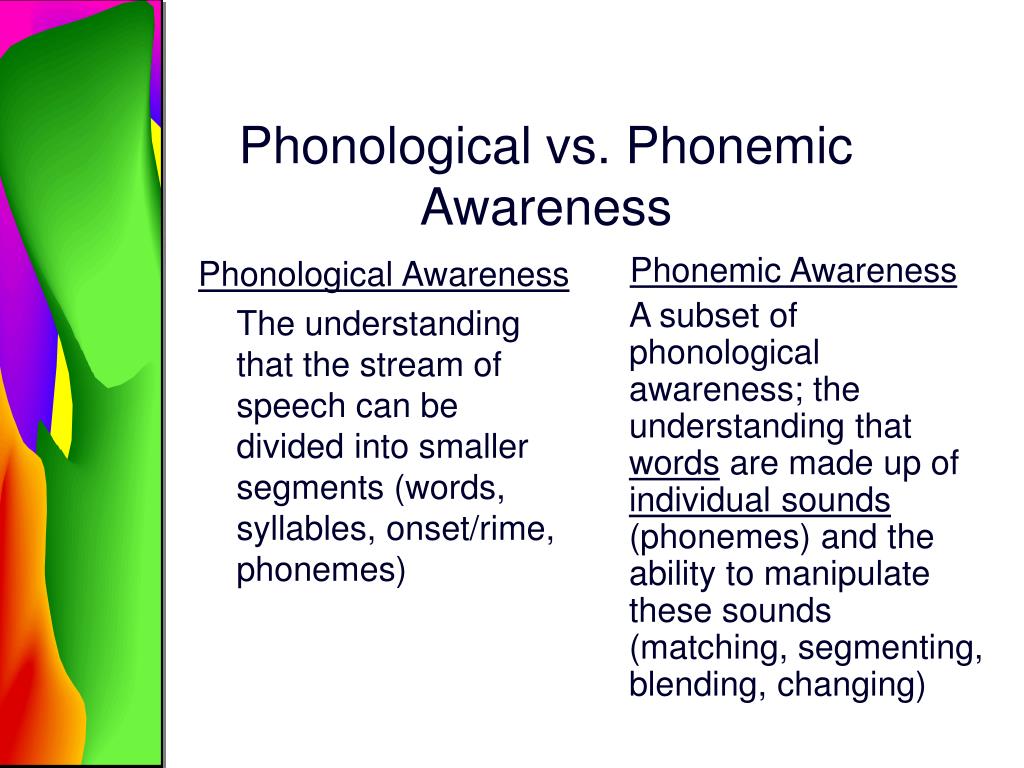Story in rhyme
Stories in Rhyme & Novels in Verse
From picture books filled with eye-catching illustrations to murder mysteries, these authors experiment with various poetic forms or a combination of poetry and prose to tell stories. The lyrical books featured this week will engage and delight readers of all ages.
Ages 4–8
Anywhere Farm. Phyllis Root. Ill. G. Brian Karas. 2017. Candlewick.
“For an anywhere farm, here’s all that you need: / soil, / and sunshine, / some water, / a seed.” Rhyming text and warmly colored, detailed mixed-media illustrations tell the story of how an ethnically diverse group of inner-city children turn a vacant lot into a neighborhood garden. Questions and rhyming responses such as,“Where can you plant your anywhere farm?” (“An old empty lot / makes a good growing plot. / But a pan or a bucket, / a pot or a shoe, / a bin or a tin / or a window will do.”) and “What do you need?” (“Just one farmer—you—and one little seed.
”), may inspire young readers to start their own anywhere farm.
—CA
The Curious Cares of Bears. Douglas Florian. Ill. Sonia Sánchez. 2017. Little Bee.
Florian’s lively story in rhyme follows a bear family’s capers through the seasons of the year. For example, “In springtime there’s carefully climbing up trees, / and stealing the honey from beehives of bees.” Sánchez’s colorful, action-filled digital and mixed-media artwork draws the reader into the bears’ playful activities. After they have slept their way through the frozen winter, the bears awaken, ready to follow their “curious cares” throughout a new year. Pair this book with Florian and Sánchez’s The Wonderful Habits of Rabbits (2016) for a rhythmic read-aloud.
—NB
Double Take!: A New Look at Opposites. Susan Hood. Ill. Jay Fleck. 2017. Candlewick Studio/Candlewick.
Double Take! invites young children to join a boy, his black cat, and a blue elephant in taking a new look at opposites.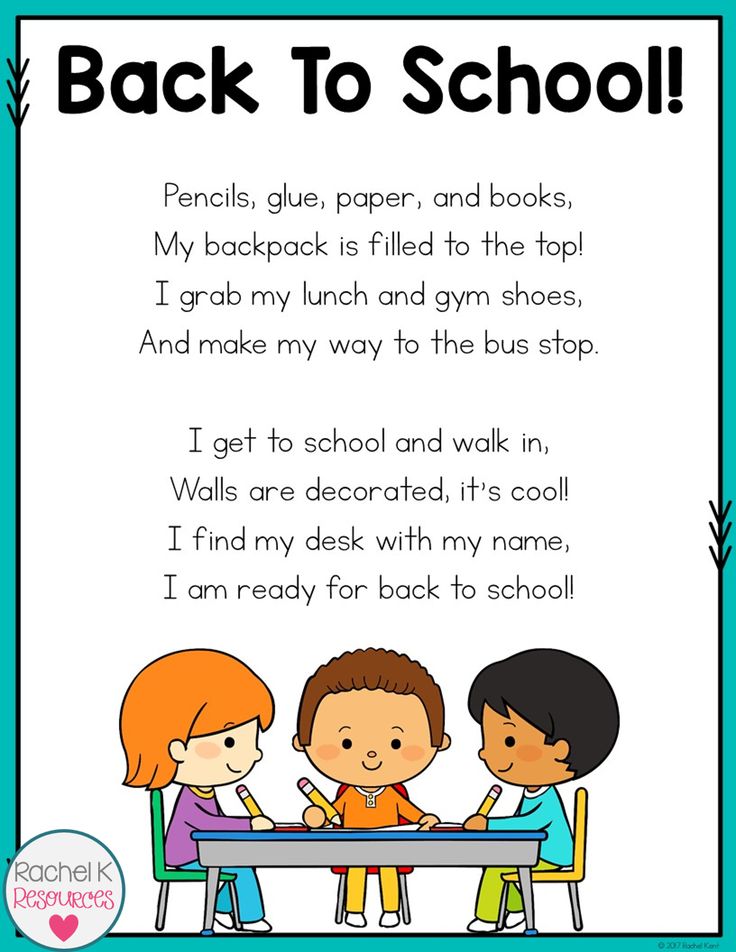 Readers are prompted to carefully consider the details in the colorful, digitally-created, retro illustrations that accompany the rhyming text. What’s high and what’s low? What’s fast and what’s slow? Who’s near and who’s far? It is all a matter of perspective, as readers will learn from this playful and engaging concept book.
Readers are prompted to carefully consider the details in the colorful, digitally-created, retro illustrations that accompany the rhyming text. What’s high and what’s low? What’s fast and what’s slow? Who’s near and who’s far? It is all a matter of perspective, as readers will learn from this playful and engaging concept book.
—CA
Race! Sue Fliess. Ill. Edwardian Taylor. 2017. Little Bee.
As the race cars line up for a try at the coveted Winner’s Cup, a tiny red car squeezes in at the last minute. “Cars start, / lights glow... / “Rev your engines... / GO GO GO!” On a course filled with obstacles galore, the cars “SKID! SCREECH! SLIP! SQUEAL! SOAR!” After a fender bender temporarily brings the action to a stop, the red car takes a shortcut through the grass to jump into the lead, and the story makes an unexpected turn, prompting readers to reexamine the illustrations for clues. Whether young children are listening to this action-filled book or reading it on their own, they are bound to enjoy the ride.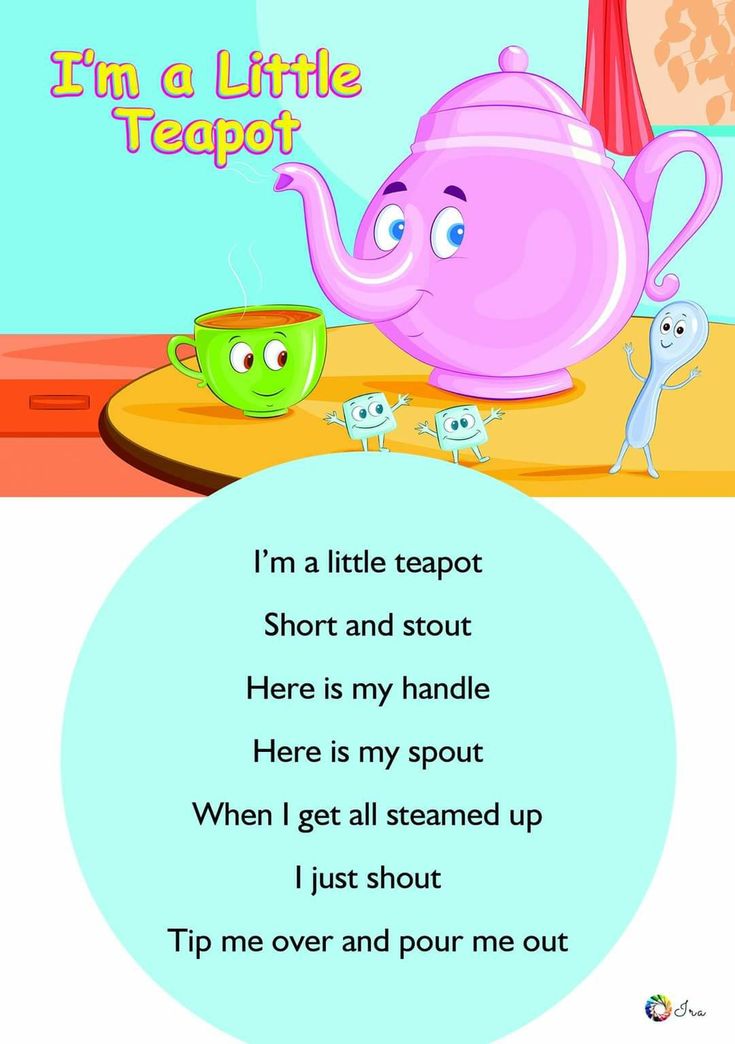
—NB
Ages 9–11
Gone Camping: A Novel in Verse. Tamera Will Wissinger. Ill. Matthew Cordell. 2017. Houghton Mifflin Harcourt.
Lucy and Sam’s excitement over a long-awaited family camping trip changes when Dad’s bad cold means their parents must stay home. They are disappointed and worried when Grandpa (who is definitely not outdoorsy, in their opinion) becomes their camping companion. Much to their surprise, Lucy and Sam have a great time, and they request a camping trip for all five of them next weekend. Cordell’s sketch-like, pen-and-ink illustrations with watercolor wash, add to this adventure story, which is told through poems from different family members’ points of view. Wissinger includes a section on the 44 poetic forms and stanza patterns she uses and writing tips about rhyme, rhythm, and poetry techniques.
—CA
The Hawk of the Castle: A Story of Medieval Falconry.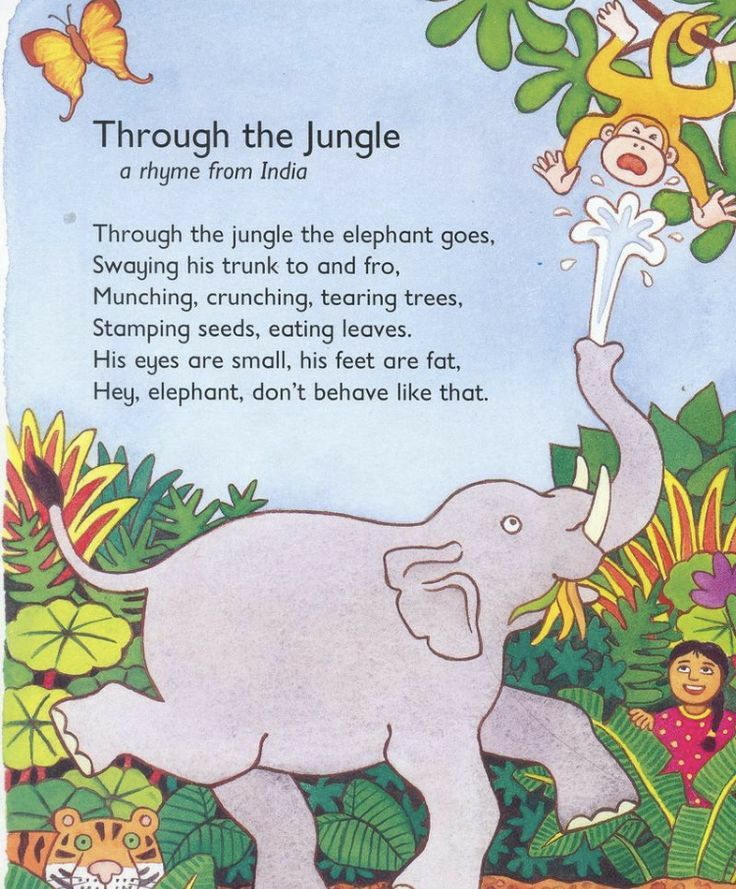 Danna Smith. Ill. Bagram Ibatoulline. 2017. Candlewick.
Danna Smith. Ill. Bagram Ibatoulline. 2017. Candlewick.
Exquisite acrylic and gouache paintings set the scene as a young girl spends the day with her father (the falconer of the castle) grouse hunting. The story is told from the girl’s point of view in rhythmic four-line stanzas, each beginning with “This is” or “These are” and ending with “the castle.” For example, the bird is introduced with “This is our hawk: a sight to behold, / a master of flight, graceful and bold. / My father trains this bird of prey / who lives with us at the castle.” Each double-page spread includes a boxed inset with additional information on raptors and falconry. Back matter includes an author’s note on the history of falconry, a reading list, and an index.
—CA
Izzy Kline Has Butterflies: A Novel in Small Moments. Beth Ain. 2017. Random House.
Impetuous fourth grader Izzy Kline lives bite-sized and larger moments in this poignant story about family issues, first-day-of-school jitters, mysterious illnesses, annoying boys, and a school play.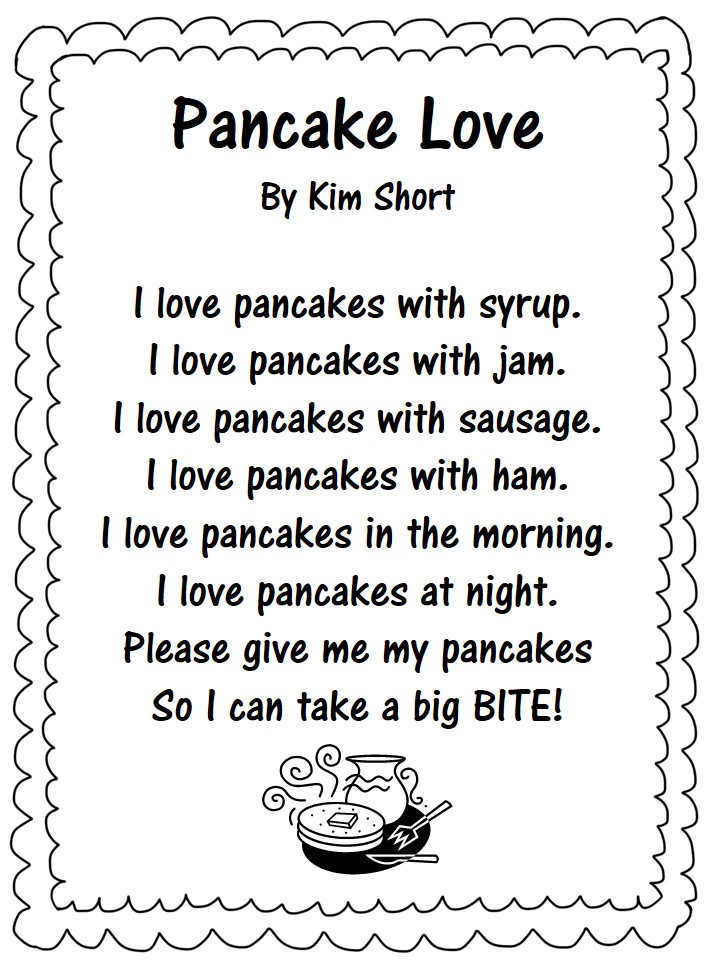 Over the year, Izzy learns not to be so quick to judge others and that relationships develop in complicated and unexpected ways. This middle-grade verse novel is written in vignettes that bring Izzy’s world to life and leave readers thinking about their own.
Over the year, Izzy learns not to be so quick to judge others and that relationships develop in complicated and unexpected ways. This middle-grade verse novel is written in vignettes that bring Izzy’s world to life and leave readers thinking about their own.
—NB
Ages 12–14
Forget Me Not. Ellie Terry. 2017. Feiwel and Friends.
With each move she and her mother make, Calliope Snow hopes that she can hide her Tourette syndrome long enough to make friends. When their tenth move brings them to St. George, Utah, Calli meets Jinsong, an Asian-American boy who lives in the same apartment building. Calli hopes that her friendship with Jinsong, the popular student body president at Black Ridge Intermediate School, will help her fit in as she becomes the new girl at school. The dual narrative—Calli in free verse and Jinsong in prose—is a moving and realistic story about a search for friendship and acceptance.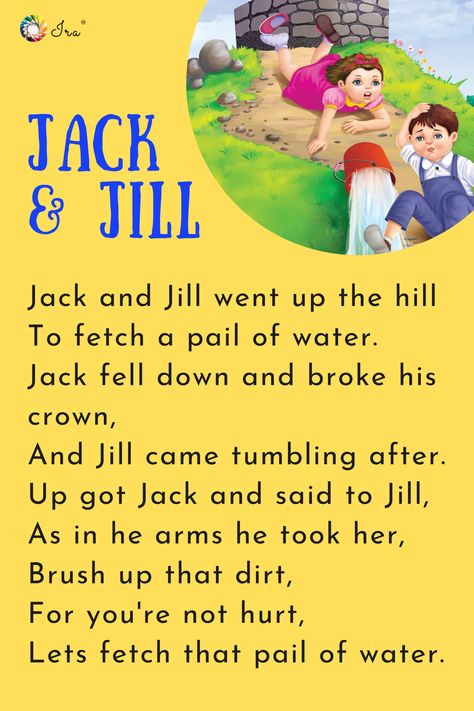 In an author’s note, Terry, who has Tourette syndrome, provides a context for the novel and shares her hope that the book will help readers understand the neurological disorder.
In an author’s note, Terry, who has Tourette syndrome, provides a context for the novel and shares her hope that the book will help readers understand the neurological disorder.
—CA
Who Killed Christopher Goodman? Allan Wolf. 2017. Candlewick.
Inspired by a true story, Who Killed Christopher Goodman? follows the murder of an odd, but friendly, teenager in Goldsburg, Virginia, in the summer of 1979. Doc Chestnut and Squib Kaplan (who discover Christopher’s body on a morning run), and other classmates who interacted with Christopher during the last night of the festival, are plagued with thoughts that they may have played a role in his murder. Six narrators tell the story, which unfolds in poetry, prose, and a few play script entries. An author’s note clarifies what is fact and what is fiction in this beautifully crafted novel.
—CA
Ages 15+
The Sky Between You and Me.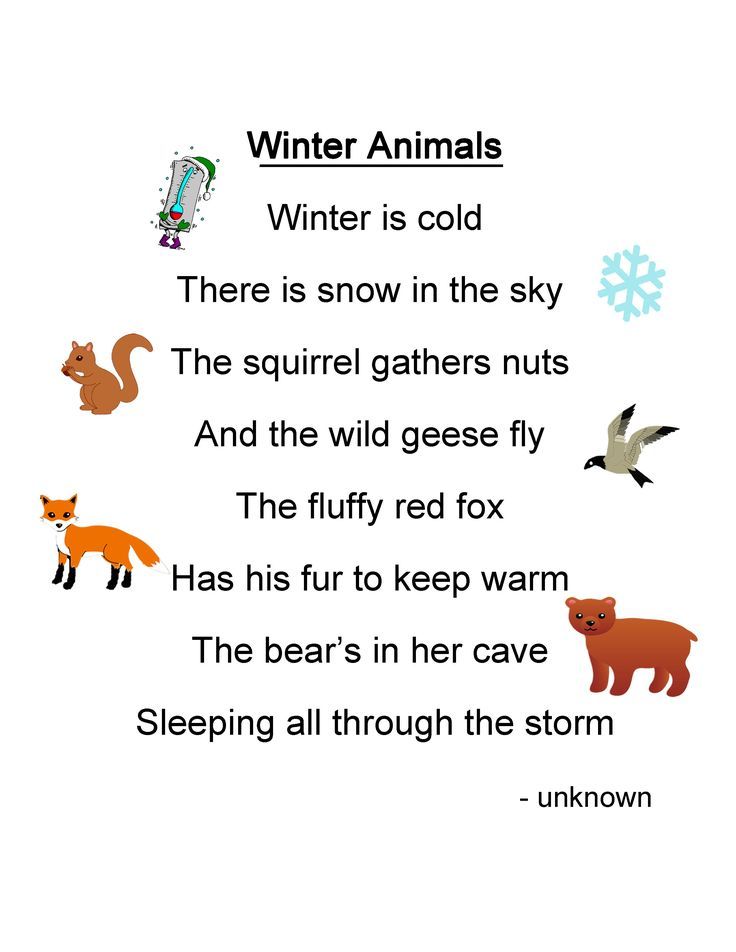 Catherine Alene. 2017. Sourcebooks Fire/Sourcebook.
Catherine Alene. 2017. Sourcebooks Fire/Sourcebook.
Rae, a competitive barrel racer, dreams of winning the Rodeo Nationals. When she realizes that she has almost outgrown her deceased mother’s beloved saddle, her obsession with losing five pounds turns into an eating disorder that spins out of control. Not even her devoted boyfriend Cody (who is being pursued by another girl) or Asia (her best friend from childhood) can help. Rae must face her dangerous disease head-on and welcome an uncertain future that promises a better way of life. The book concludes with a page of statistics about eating disorders and an author’s note about her personal connections to the topic.
—NB
We Come Apart. Sarah Crossan & Brian Conaghan. 2017. Bloomsbury.
Jess is a rebel with a painful family secret. Nicu, a recent Romanian immigrant, is forced to work with his father to earn money to pay for his own arranged marriage.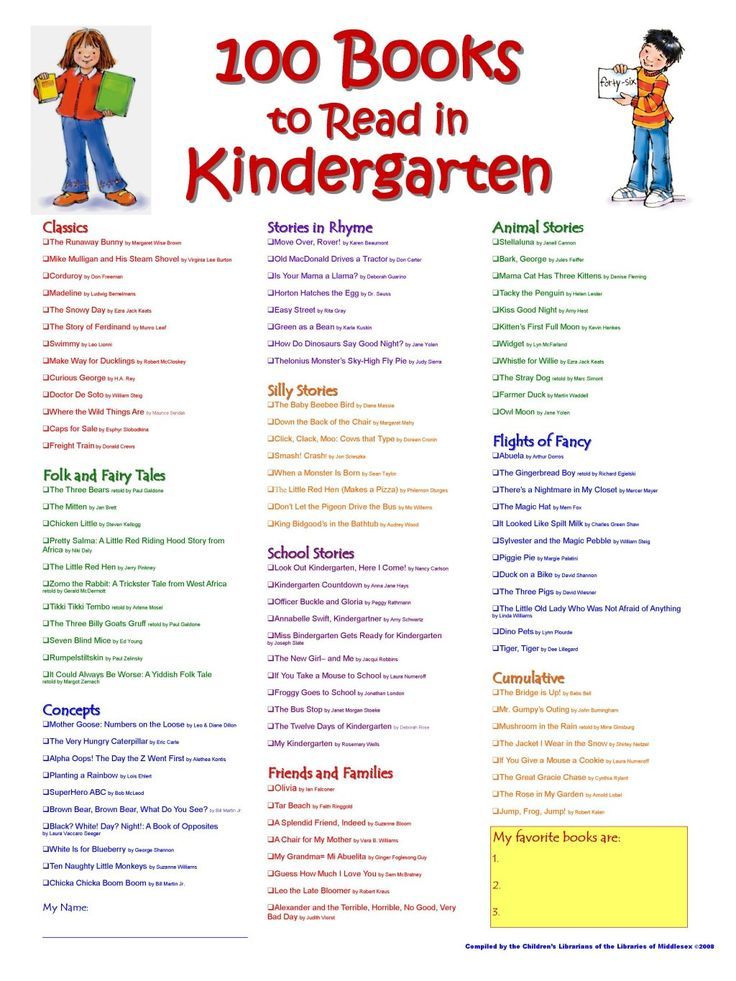 Trapped in their bleak lives, Jess and Nicu tell stories of abuse, discrimination, racism, and bullying in this verse novel. After the teens break the law (Jess for shoplifting with friends and Nicu for stealing a chocolate bar), they are placed in a Reparation Program, where they build a friendship that blossoms into romance.
Trapped in their bleak lives, Jess and Nicu tell stories of abuse, discrimination, racism, and bullying in this verse novel. After the teens break the law (Jess for shoplifting with friends and Nicu for stealing a chocolate bar), they are placed in a Reparation Program, where they build a friendship that blossoms into romance.
—NB
Nancy Brashear is Professor Emeritus of English from Azusa Pacific University, in Azusa, California. Carolyn Angus is former Director of the George G. Stone Center for Children's Books, Claremont Graduate University, in Claremont, California.
How to write rollicking rhyming stories | Children's books
On the day started I writing my first children’s book, Squishy McFluff: The Invisible Cat! I didn’t deliberately set out to write it in rhyme. It just happened.
The first line that popped out was: “As Ava played out in the garden one day, when the air was all foggy, the sky rather grey…” I realised straight away that if I split the sentence, I had a perfect rhyming couplet.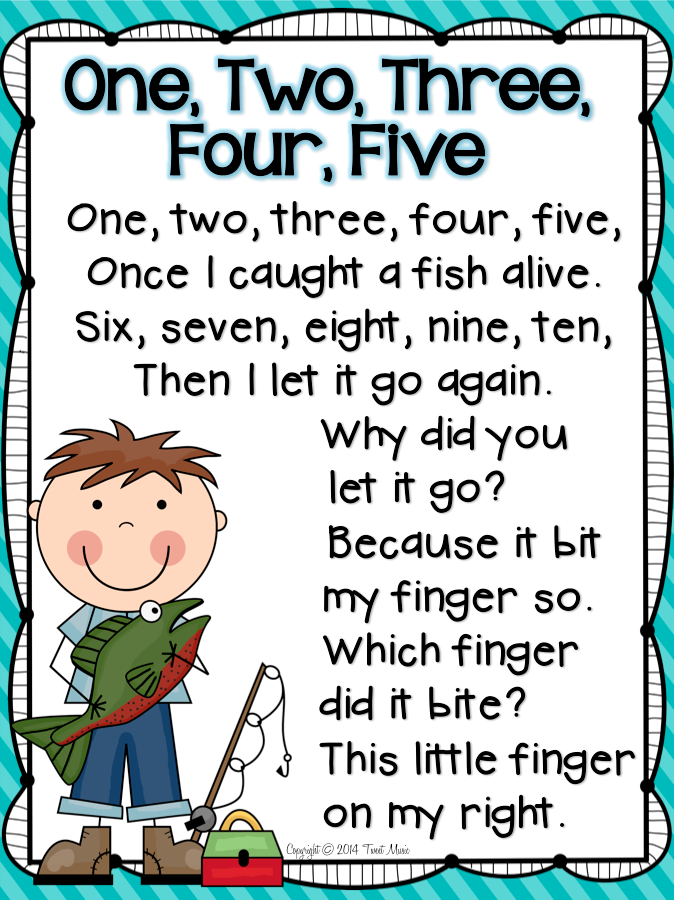 That set the scene for the rest of the book, and now I’ve written six of them, each one up to 2,000 words, all written in rhyme.
That set the scene for the rest of the book, and now I’ve written six of them, each one up to 2,000 words, all written in rhyme.
I’ve always loved writing rhymes, even as a little girl. It’s not only fun, you can also get a huge amount of satisfaction from finding the perfect rhyme to tell a joke or move the story along. It’s not always easy though. Sometimes it can take a lot of thinking to get a line just right.
Writing a good rhyming story is a bit like doing a jigsaw. When I begin, I know what the whole story will be (so that’s like the finished picture) and I have to put the pieces (or the words) together in exactly the right way to make everything fit. Just as it would be with a jigsaw, you can’t shove a piece into a place it doesn’t fit because otherwise, in the end, the picture will be wonky.
For some people, writing brilliant rhyme comes naturally – but for other people, practice makes perfect. Here are my top tips for writing a rollicking rhyming story.
1 Read rhyming booksAuthors always tell people who want to write that they should read, read, read! But we say it for a reason, because whatever sort of story you want to write, reading other people’s books is like giving your brain a writing work out.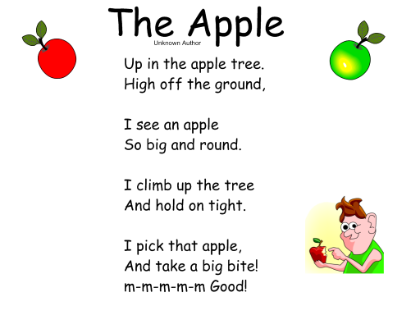 Reading will give you lots of ideas, help you instinctively know which words to use, and arm you with the tools you need to create stories that work.
Reading will give you lots of ideas, help you instinctively know which words to use, and arm you with the tools you need to create stories that work.
In particular, when you want to write rhyming stories, reading rhyme somehow puts a rhythm in your head which will help you. You know what it’s like if you sit for ages in a room that has a loud, ticking clock? When you leave the room, for a while afterwards, you might still hear that clock in your head. Tick. Tock. Tick. Tock. It’s the same with rhyme, and this is GOOD! This is what you need to prepare your brain for writing rhyme.
You might notice that lots of children’s rhyming books are written in rhyming couplets, or sets of two lines where the last words of each line rhyme with each other. This is a nice simple type of rhyme to begin with.
2 The story should come firstWhen you’re writing in rhyme, it’s easy to become obsessed with finding the ending words that go together. But if you concentrate on the rhyme more than you do on the plot, you’ll probably end up with a story that doesn’t feel all that satisfying.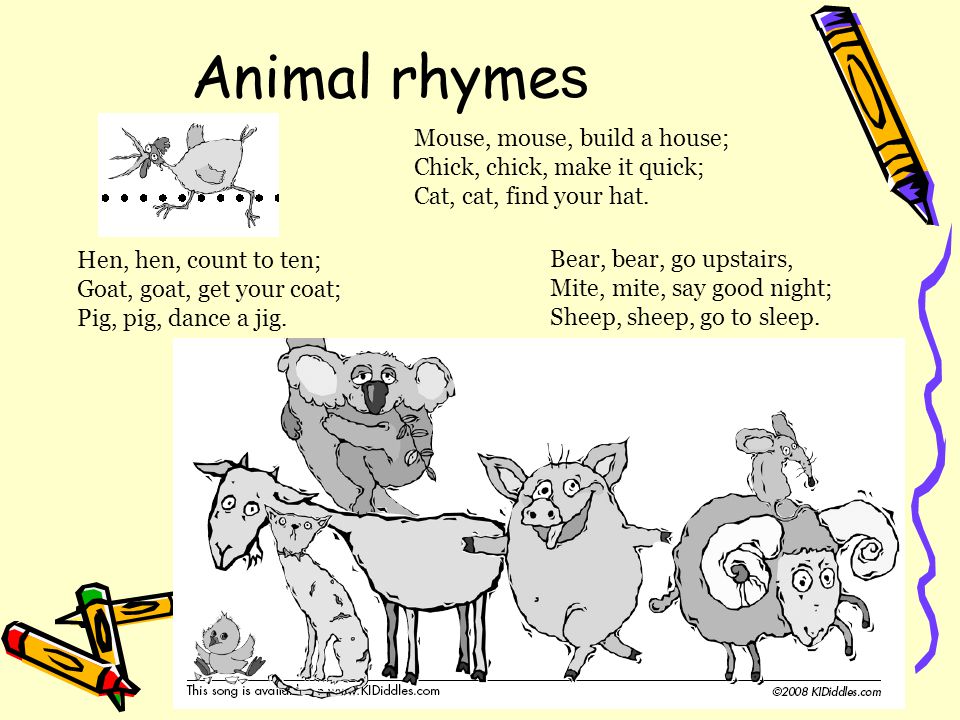 It might not have a good focus, or make sense, or be as entertaining as it should be. The rule to remember is: the story is just as important as the rhyme.
It might not have a good focus, or make sense, or be as entertaining as it should be. The rule to remember is: the story is just as important as the rhyme.
Here’s a slightly silly example (which I just made up!) showing how you can easily sacrifice the focus of a story for rhyme:
Here’s a dungeon, oh so scary.
Don’t go down there! Please be wary!
You must NOT wander in the dark,
Especially not if you’re a shark!
The first three lines set up a story, which has focus. Oooh! It’s all about a scary dungeon! Too scary to enter! But then… hey, what the lollypop is a shark doing in this rhyme? A shark especially shouldn’t go in a dungeon? Huh? It makes no sense! The only reason the shark shows up in this rhyme is because it goes with ‘dark’. But it makes you think, ‘errrr…’ and by that point, you’ve forgotten all about the scary dungeon! The shark has sacrificed the story for the rhyme.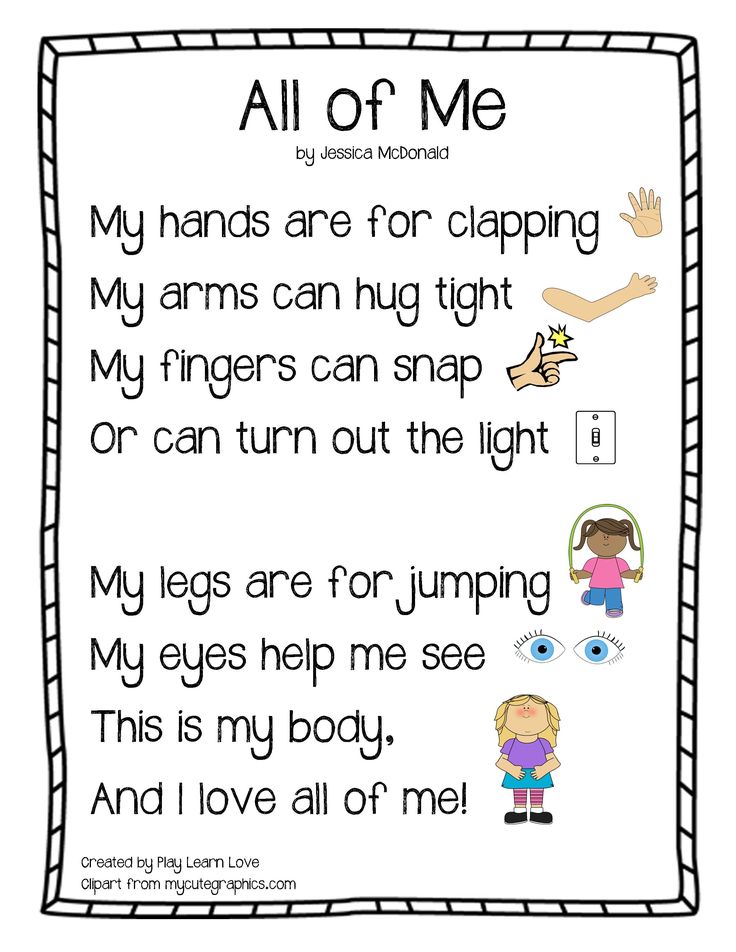 Let’s get rid of it.
Let’s get rid of it.
You must NOT wander in the gloom
Of that spooky, dingy room!
I used gloom instead of dark. It means the same thing as dark really – AND I could find a rhyme that made sense in the context of the story.
So, before you even think about the rhyming aspect, write down your story in prose, so you know what is going to happen at the beginning, the middle and the end (a prose version about a scary dungeon would be VERY unlikely to have a shark in it!). Once you have that, you can start doing your ‘jigsaw’, finding the perfect words. And when you’ve finished, you rhyming story will have focus and make sense.
3 Perfect or imperfect?There are lots of definitions to describe different types of rhyme – for example, people talk about half rhyme, slant rhyme, near rhyme, assonance and consonance. But to keep things simple, let’s just talk about perfect and imperfect rhyme – and which of the two you want to use.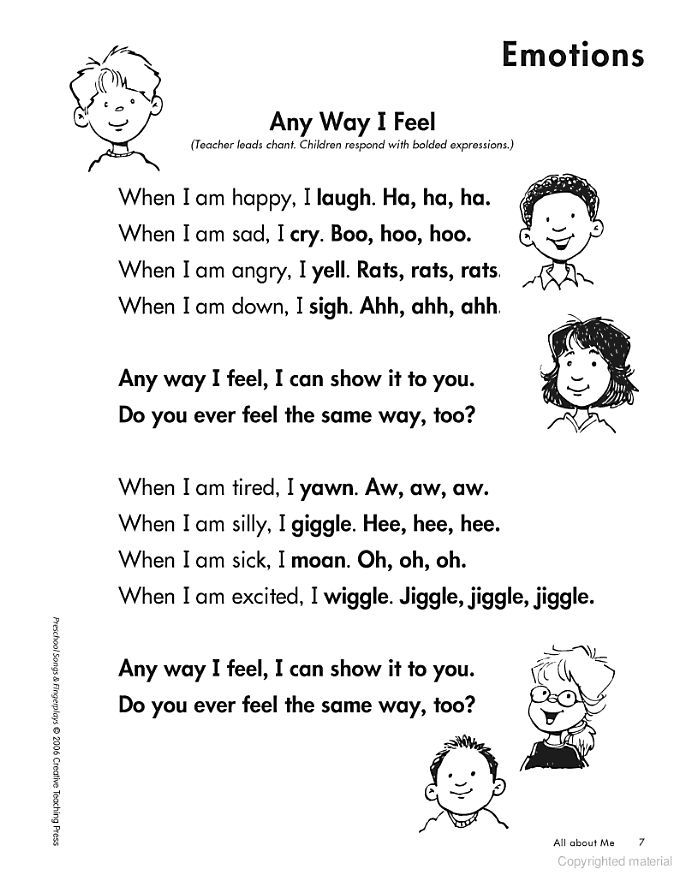
Perfect rhyme is harder by nature because it requires the rhyming words to match in both their vowel and consonant sounds. So the combination of eat/sweet matches both the “ee” sound and the “t” sound. Similarly host/most share both the “oh” sound and the “st” sound.
If you were using imperfect rhyme, though, you might choose to only match either the vowel sound, OR the consonant sound. So you could have eat/leaf, which share only the “ee” sound. Or you could have host/last which share only the “st” sound.
Put simply, there are more imperfect rhyme combinations in the English language than there are perfect rhyme combinations – so writing in imperfect rhyme will give you more options. Writing in perfect rhyme is harder and takes more practice, so don’t feel bad about starting out with imperfect rhyme, pop stars use it all the time! Think about some of the lyrics to some of your favourite songs, and I bet you find loads of examples of imperfect rhyme.
4 Master rhythmDid you know that poems have feet? No? Well if you were to learn about poetry in a formal way, you’d be bombarded by all sort of funny terms which are used to describe the way verse is written, including metric feet, meter and iambs.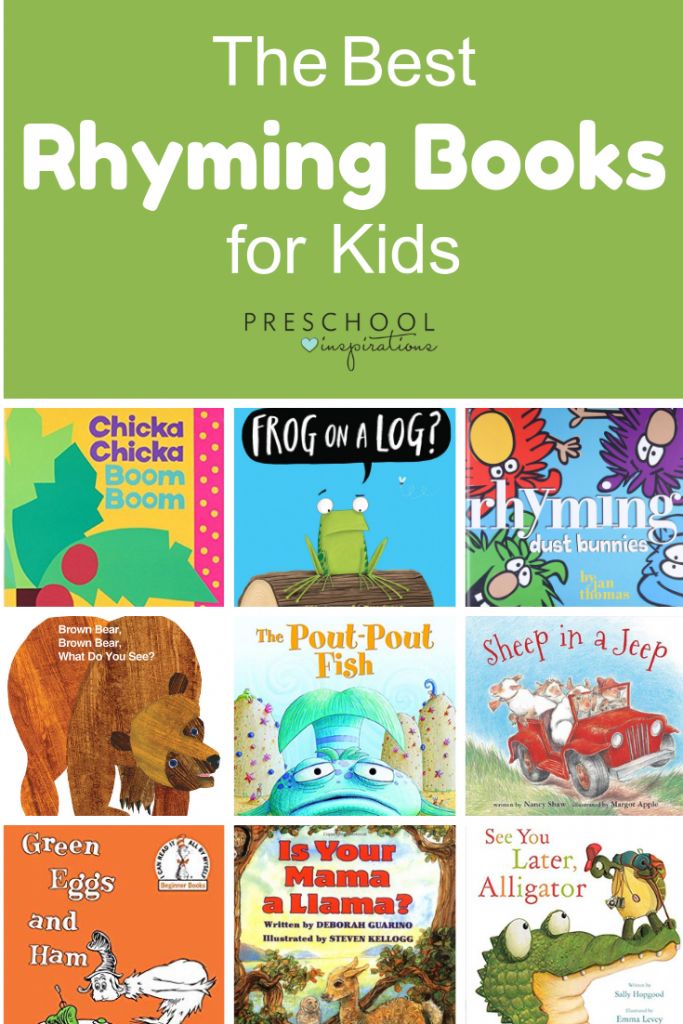 It can all get very technical, but you don’t necessarily need to know that stuff. All you need to understand is that poems and rhymes normally have rhythm.
It can all get very technical, but you don’t necessarily need to know that stuff. All you need to understand is that poems and rhymes normally have rhythm.
If you listen to a rhyming poem being read aloud, you’ll probably be able to detect the rhythm, or a beat, running through it It’s a bit like listening to a tune being played.
But if, when writing rhyme, you somehow miss a beat of your rhythm, it feels awkward. Imagine listening to your favourite pop star singing your favourite song – but they have hiccups. Argh! That’s what it feels like when a rhyme loses its beat.
Being consistent with your rhythm can be tricky and it has a lot to with the emphasis we put on syllables in words and phrases – it is these strong and weak syllables which provide the rhythm. When we speak naturally, we put more emphasis on some syllables than we do on others.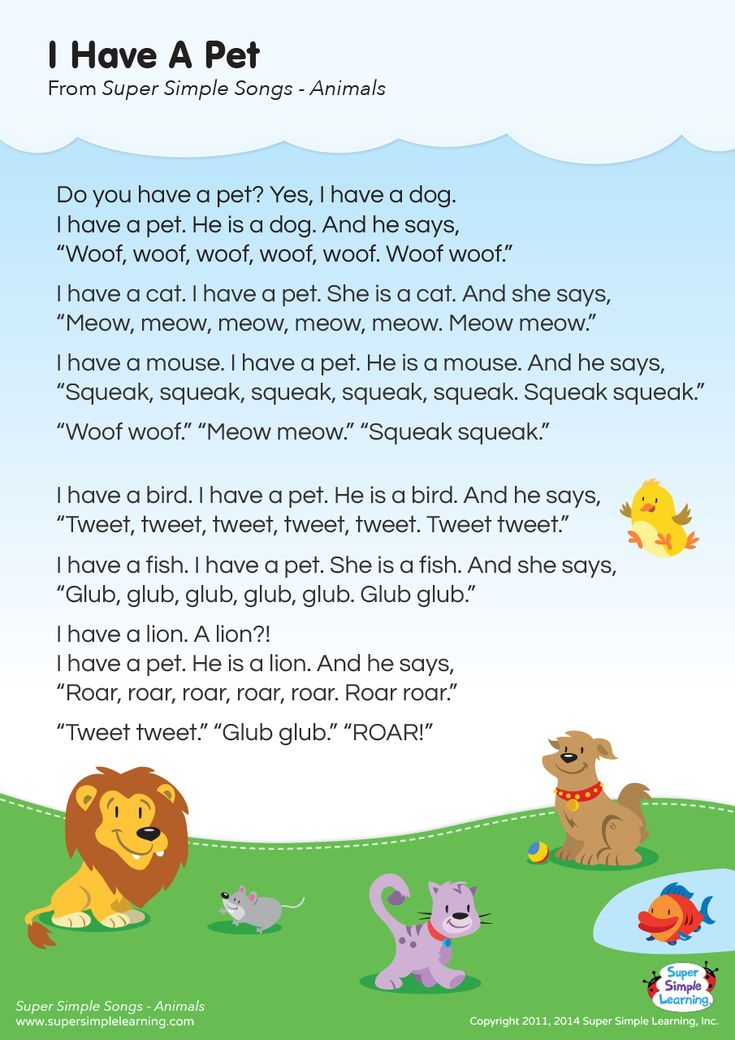 See how I have made the stronger syllables bold?
See how I have made the stronger syllables bold?
When you write a line of rhyme, it’s important not to force the reader to put the emphasis on a syllable where it wouldn’t occur in natural speech, just to achieve the rhythm. For example, if you put stress on the last part of the word emphasis, it would sound weird and awkward. So you need to try to write the lines of your rhyming story so all the words can be read in a natural, but rhythmic way.
5 Test your rhyming storyHave you written a brilliant rhyming story? I find a very good way to find out is to ask someone to read your work aloud to you. Listen carefully. Do they stumble on any lines? Do they pause in parts? These clues will let you know if you have some bits and pieces that need fixing.
Perhaps you need to add a syllable to fix your rhythm, or maybe you need to take one away. It might be that you need to swap one word for another, to make sure the syllable emphasis falls in the right place for your rhyme’s beat.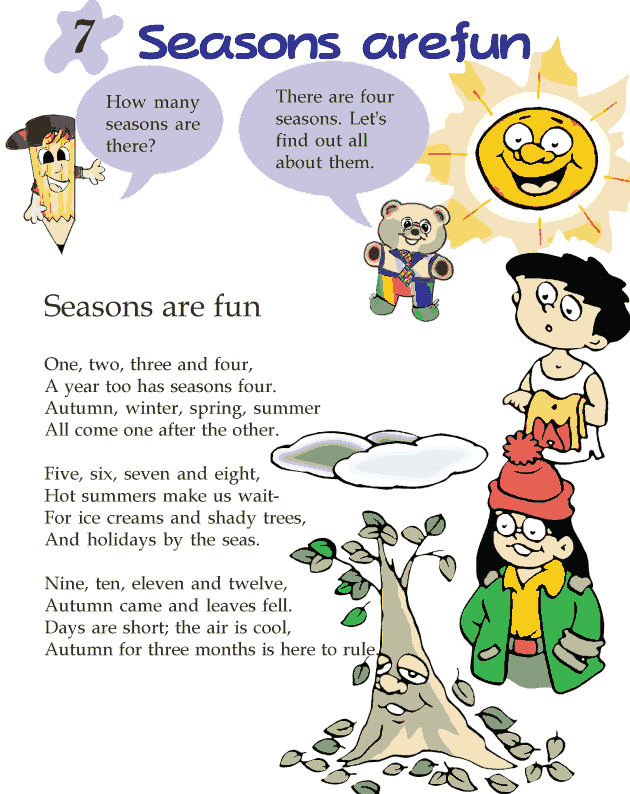
It’s not only me who uses this read aloud method – Julia Donaldson does too, and if that isn’t what you’d call tried and tested, I don’t know what is.
PS. Don’t forget to ask your guinea pig whether they liked the story too!
Pip Jones’ latest Squishy McFluff book, illustrated by Ella Okstad, is Squishy McFluff The Invisible Cat: Seaside Rescue and you can buy it from the Guardian bookshop.
True Story To Rhyme With Dust Letters
The solution to this crossword puzzle is 4 letters long and starts with B
Below you will find the correct answer to True story rhymes with the dust of the letter Crossword Clue, if you need more help finishing your crossword continue your navigation and try our search function.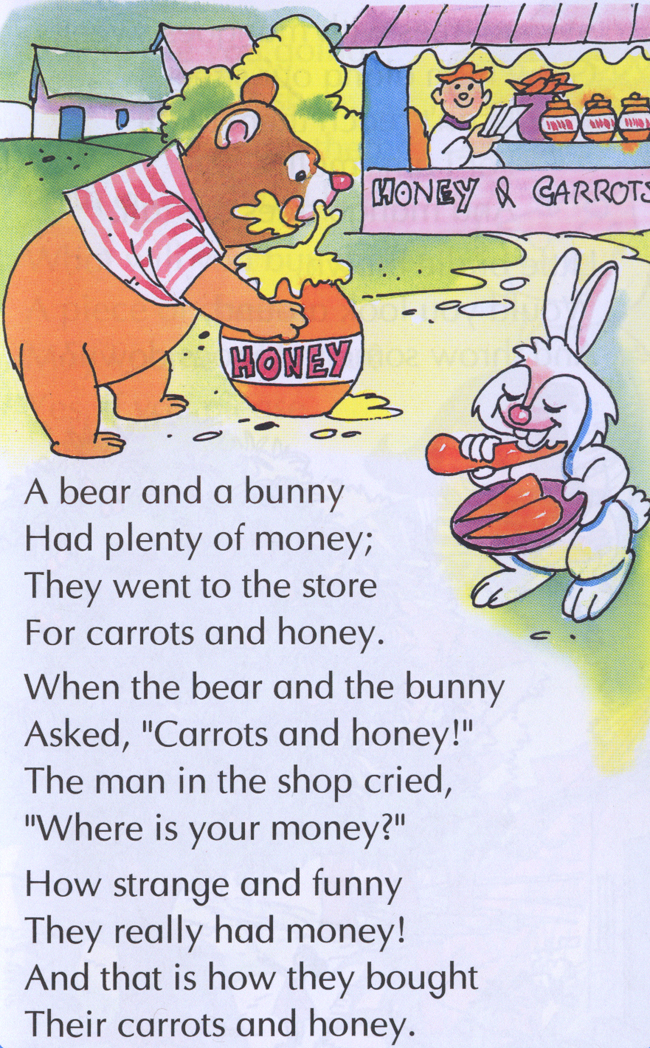
answer to the crossword and scanword
Monday 25 May 2020
FALSE
previous next
do you know the answer?
answer:
related crosswords
- Byl
- What actually happened letters
- Non-fairy tale 4 letters
- Yav 4 letters
- Byl
- True story
- Real incident story (obsolete)
- Reality
similar crosswords
- True story in rhyme with dust 4 letters
- This action sometimes accompanies a true story
- Antonym of the word "truthful"
- Truthful, honest, true, not false
- Expressing true feelings; truthful, frank 9letters
- Truthful, frank, not hypocritical 6 letters
- Morally impeccable, honest, truthful 6 letters
- Truthful narrator about the cutest, rosiest and whitest (fabulous) 9 letters
- Truthful painter 7 letters
- Truthful baby organ 4 letters
- Truthful artist 7 letters
- Truthful narrator of the cutest, rosiest and whitest (fabulous)
- The truthful teller of the cutest, rosiest and whitest
- Truthful person who always tells the truth
- A short funny story; M.
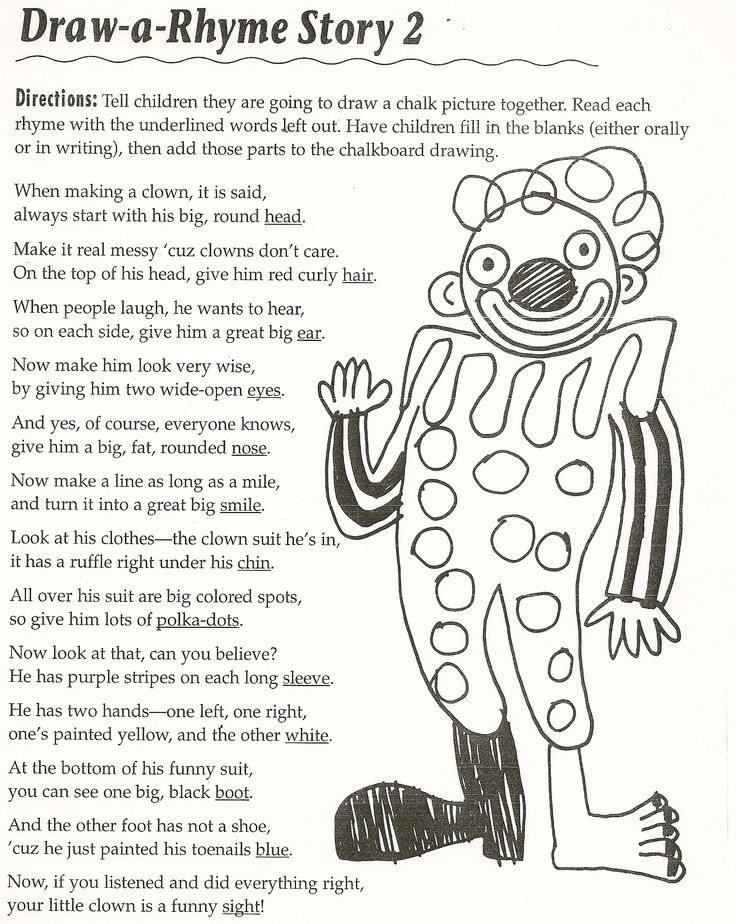 Gorky's story 7 letters
Gorky's story 7 letters
Gift cards
games, toys
MNOGOKNIG Games Toys Gamebooks Board games Educational games
Baby products
Teethers and pacifiers Sun loungers and swings car seats Baby protection accessories wigwam Children's furniture Baby clothes Cribs travel bed bathing baby Mattresses Pillows for pregnant women Educational toys for toddlers Textile Goods for feeding Baby care Walkers
holiday goods
All postcards Carnival costumes, masks and accessories Disposable tableware gift boxes Gift bags Candles Balls
School supplies
Paper products globes Stationery Folders pencil cases Goods for creativity School bags
art, craft and hobby goods
Decoration Pearl effect for decoupage Painting Contour for glass and ceramics Fabric Outline Candle paints Sketching markers Modeling Other Needlework
Traditional goods
Fire bowls and hearths Matryoshkas Scarves Samovars Porcelain figurines
other items
Girls' accessories Boys' accessories Picnic supplies Photo albums
publisher
About the publisher Reusable stickers Board games Workbooks for preschoolers Workbooks for schoolchildren Educational lotto Coloring pages for girls Coloring pages cars and equipment Color with water! Teaching aids for preschoolers
out of stock
out of stock
Code: 9785916311587
Unfortunately, the entire print run of
of this book has ended.

